Unlocking the Future of Industrial Manufacturing: Data-Driven Additive Manufacturing with Integrated Planning Systems
The industrial manufacturing sector is undergoing a digital revolution driven by emerging technologies, and few innovations have had as transformative an impact as additive manufacturing (AM). No longer just a prototyping tool, AM is now a scalable, precise, and increasingly data-driven solution for creating complex components with minimal waste and unprecedented customization. For Manufacturing IT leaders, integrating additive manufacturing into digital workflows isn’t just a tech upgrade—it’s a strategic imperative.
As the complexity of production environments grows, the key to unlocking the full value of additive manufacturing lies in real-time data integration, intelligent planning, and seamless system connectivity. This is where PlanetTogether Advanced Planning and Scheduling (APS) software, integrated with enterprise platforms like SAP, Oracle, Microsoft Dynamics, Kinaxis, or Aveva, becomes essential for orchestrating additive production with efficiency, accuracy, and agility.
This blog explores how data-driven additive manufacturing, empowered by system integration and intelligent scheduling, is reshaping industrial manufacturing operations and how Manufacturing IT professionals can lead the charge.
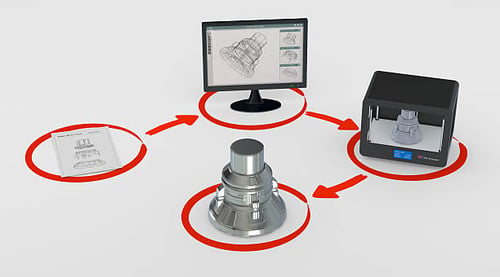
Additive Manufacturing: The Digital Frontier of Production
Additive manufacturing, also known as 3D printing, creates components layer by layer from digital designs. It enables a wide range of production benefits:
Reduced material waste
Enhanced design freedom
On-demand and decentralized production
Rapid prototyping and faster time-to-market
Lower inventory requirements
However, these benefits come with challenges: AM processes must be tightly controlled, material characteristics must be understood at a granular level, and production planning must be adaptable to short-run or customized batches. This is where data becomes a crucial asset.
The Role of Data in Modern Additive Manufacturing
Data in AM is not limited to design files or printer settings. It encompasses:
Material traceability and performance
Machine calibration data
Real-time production metrics
Post-processing requirements
Lifecycle performance data
To manage this effectively, Manufacturing IT departments must ensure interoperability between AM systems and the broader digital infrastructure. When additive processes are isolated from enterprise systems, it results in data silos, inefficient workflows, and missed optimization opportunities.
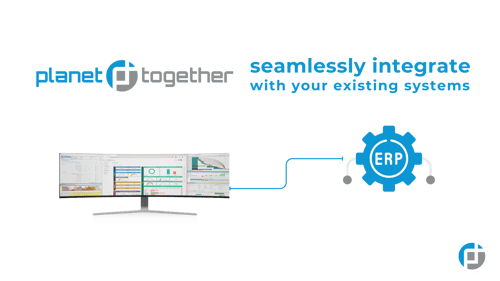
Why Integration is Non-Negotiable
PlanetTogether APS serves as a central hub that connects and optimizes production scheduling across all manufacturing lines—including additive—by interfacing directly with ERP and MES systems such as:
SAP: Offers visibility into raw material availability and BOMs tailored for AM.
Oracle: Enables advanced cost forecasting and demand-driven production planning.
Microsoft Dynamics: Provides business intelligence to align AM with sales, procurement, and inventory goals.
Kinaxis: Supports responsive supply chain orchestration, allowing additive capacity to be used flexibly as a buffer.
Aveva: Integrates with plant operations and digital twins for simulation and visualization of additive workflows.
When PlanetTogether is integrated with any of these platforms, Manufacturing IT gains the ability to synchronize additive production with traditional operations, optimize capacity utilization, and align AM with real-time business needs.

Key Benefits of Data-Driven AM Integration for Manufacturing IT
Unified Production Planning
Integrated systems provide a holistic view of both conventional and additive manufacturing resources. PlanetTogether APS consolidates all data streams—order forecasts, capacity constraints, material inventories—into a unified scheduling engine.
This allows IT teams to:
Coordinate AM builds with conventional production runs
Prioritize orders based on delivery timelines or machine availability
Reduce bottlenecks by adjusting schedules dynamically
Improved Traceability and Compliance
Industrial manufacturers often operate under stringent quality and regulatory controls. Integrated platforms ensure traceability from digital design to finished product. Data such as heat treatment cycles, build parameters, and inspection results can be stored and accessed across systems for quality audits.
Optimized Material Usage
AM often requires specialized powders, resins, or metals. Integrating AM planning with ERP systems like SAP or Oracle ensures just-in-time material provisioning, real-time usage tracking, and cost optimization across the supply chain.
Dynamic Response to Market Demands
Additive manufacturing shines in meeting demand for highly customized or low-volume parts. Integrated systems allow planners to rapidly shift production priorities, reroute jobs to available AM resources, or reallocate capacity—based on real-time order data.
Data-Driven Decision-Making
Through integration with Microsoft’s Power BI, Oracle Analytics, or Kinaxis’ RapidResponse dashboards, Manufacturing IT can visualize key metrics such as throughput, downtime, build success rates, and material consumption. These insights feed continuous improvement initiatives and strategic investment decisions.
IT-Led Best Practices for Additive Manufacturing Integration
For Manufacturing IT teams leading this transformation, here are some critical success factors:
Data Architecture Assessment: Ensure your current ERP/MES can handle AM-specific data types and workflows.
API-Driven Integration: Use RESTful APIs to connect PlanetTogether with SAP, Microsoft Dynamics, or Aveva to enable real-time data sync.
Digital Twin Alignment: Collaborate with engineering to link AM data with simulation environments for closed-loop feedback.
Standardization of Print Parameters: Maintain a digital thread from design through build to final inspection.
Training and Change Management: Empower teams to adapt to integrated scheduling tools and understand the implications for AM operations.
Additive manufacturing is no longer an experimental edge case—it’s a critical pillar of modern industrial manufacturing. When empowered by data and integrated systems, it becomes a force multiplier for agility, innovation, and operational excellence.
By connecting PlanetTogether APS with enterprise platforms like SAP, Oracle, Microsoft, Kinaxis, or Aveva, Manufacturing IT professionals can break down data silos, optimize planning, and harness the full potential of additive technologies.
The future of manufacturing is additive, and with the right integration strategy, it’s also predictable, connected, and infinitely scalable.
Are you ready to take your manufacturing operations to the next level? Contact us today to learn more about how PlanetTogether can help you achieve your goals and drive success in your industry.
Topics: Industrial Manufacturing, PlanetTogether Software, Integrating PlanetTogether







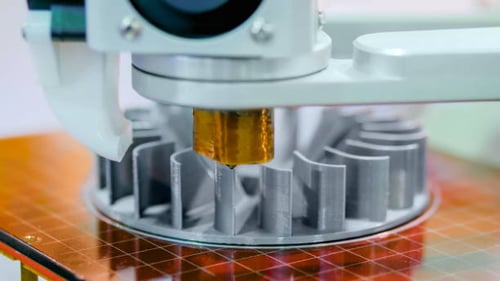
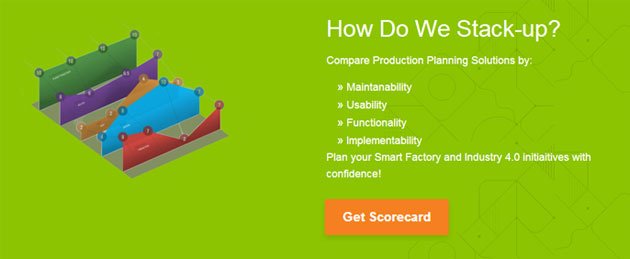
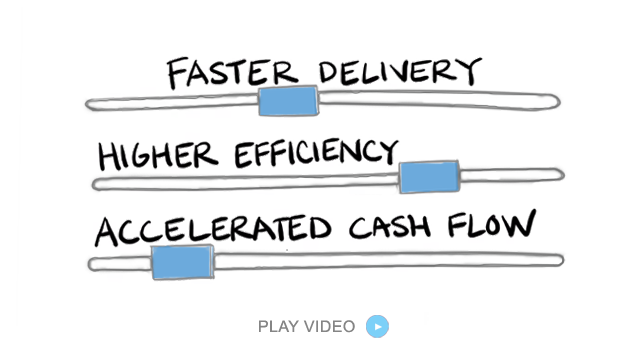











LEAVE A COMMENT